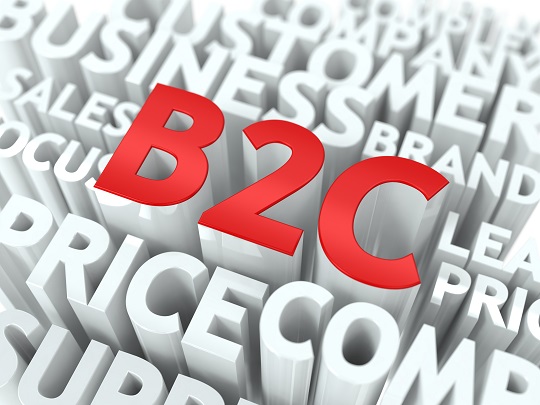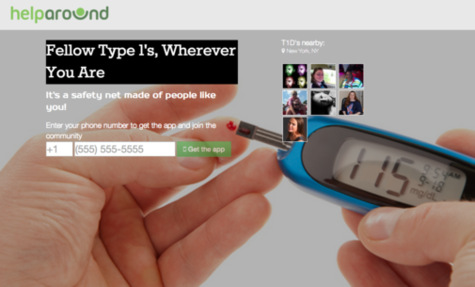Written by Paul Murskov
Social media is an excellent way to connect with your customers and inspire brand loyalty. However, the public, immediate, and interconnected nature of social media poses unique customer service challenges. Deal with a negative post or tweet the wrong way and it could be shared and retweeted to hundreds or thousands of prospective customers in minutes. So, when managing your company’s social media profiles, you must be quick and competent when responding to negative comments on social media. To handle these miniature PR crises in the most mature, professional way possible, take these seven steps.
1. Try to catch complaints before they get posted. At TalkLocal, we once had to leverage social media to resolve a complaint with Comcast’s internet service. The company could have spared itself the embarrassment of a negative Youtube video if they had just gotten back to us when we contacted them directly. The moral of the story is that people will often reach out to you with complaints before they take them public, so watch your phone and email.
2. Timing is everything. A sluggish response to an upset commenter is easily misinterpreted as you ignoring them. Have a same-day deadline for responding to social media complaints; delegating a monitoring role to an employee or Google Alerts can help you stay timely.
3. Don’t feed the trolls. The social media sphere contains some aimless, generally anonymous provocateurs known as “trolls”.They are the rabid wildlife of the internet; a nuisance that comes with the territory. You should not concern yourself with trolling comments; just delete them if you have time. Look for bigotry, extreme obscenity, and irrelevance as indicators that an angry comment is a troll and not a legitimate issue.
4. Only delete trolling comments, and NEVER “return fire” at any angry posts. Deleting a legitimate complaint implies that you refuse to resolve the issue. The only thing worse is escalating an angry comment with more anger, an extremely immature move. In short, do not respond to angry commenters while agitated. If somebody pushed your buttons, take a few deep breaths and calm down before dealing with them.
5. Sound like a person. Now that automated customer service is so common, there’s a risk of responding to comments in a way that sounds computerized even if it isn’t. Make sure that you sincerely empathize with an upset commenter, and mention details of their complaint in your first response.
6. Offer a customized solution. Answer their specific complaint, and make sure you’re not just referring them to customer service or a webpage. This has the double benefit of proving you’re not a robot and satisfying the upset commenter as quickly as possible.
7. Know when it’s time to move the conversation elsewhere. While it’s nice to show off how much you care about your commenters’ concerns, more than 3 back-and-forths with someone will just bury other people’s comments and carries the danger of catastrophic public escalation. If the conversation is getting long, it’s better to respectfully move to a private venue like phone, email or chat.
In summary, the best policy on angry social media comments is to be prompt, useful, and compassionate— in other words, just be a grownup about it. If your business has any informative or entertaining stories about social media complaints, we’d love to hear them.











